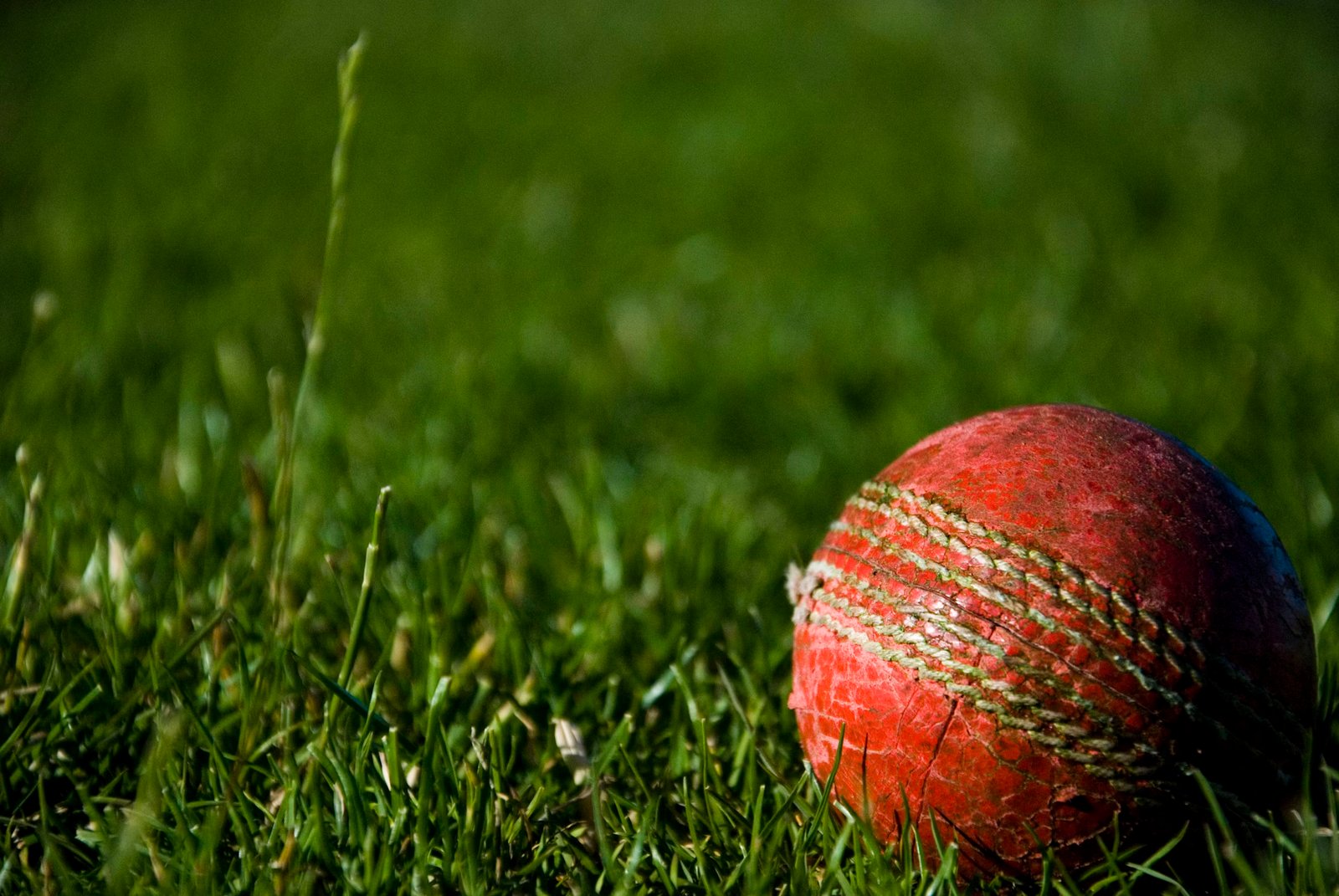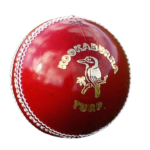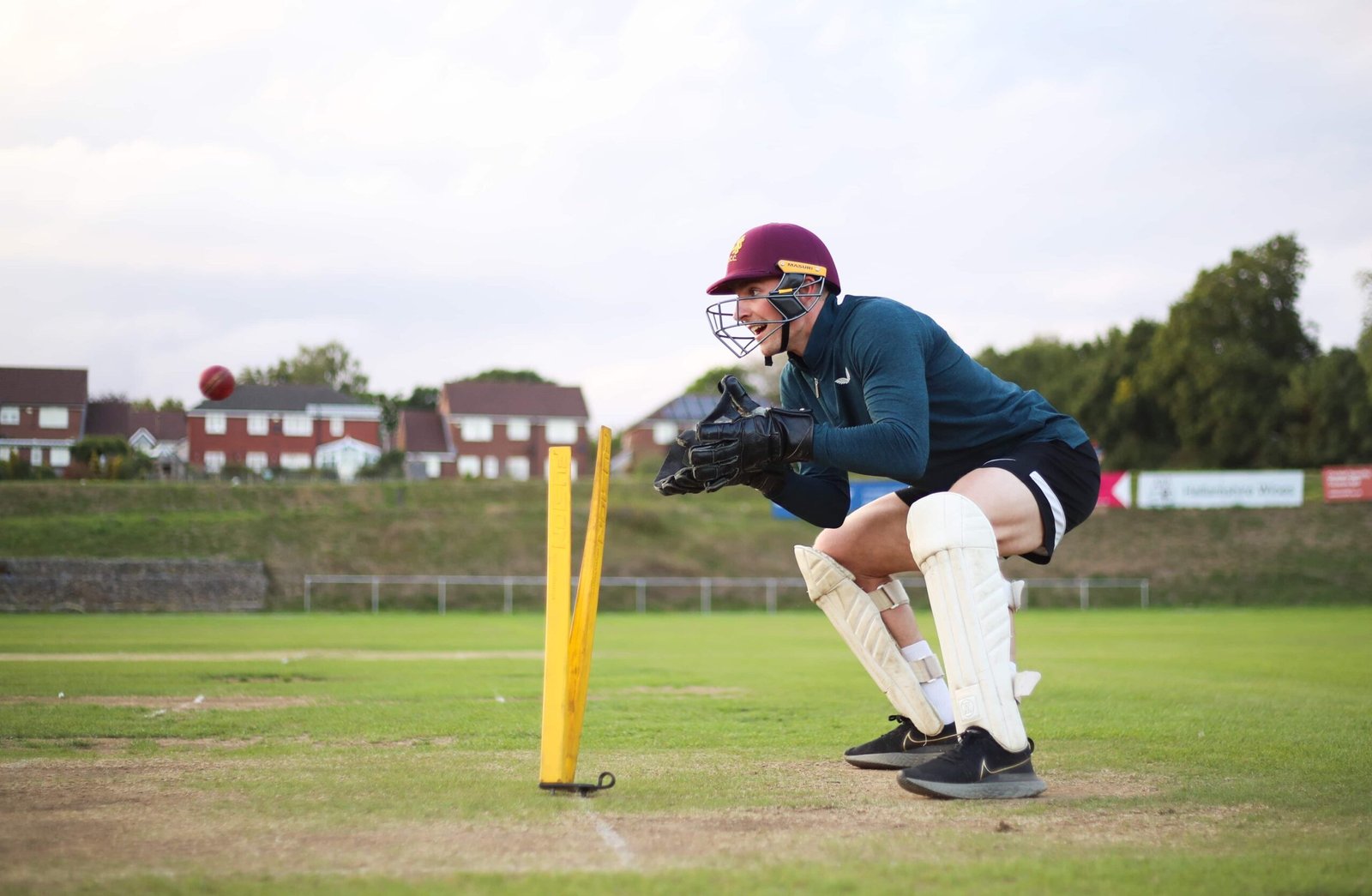Cricket originated in the Kent-Sussex border region, where rudimentary equipment like sticks from hedgerows served as bats, sheep pen gates acted as stumps, and balls were fashioned from rolled droppings mixed with wool. Over time, the game gained traction in the southeastern part of England during the 17th century. Crafting a cricket ball is a meticulous process, requiring precision, expertise, and a deep understanding of materials. According to MCC in Laws 4 (The Ball), there are some conditions.
- Weight and Size:
Men’s Cricket ball when new, shall weigh not less than 5.5 ounces/155.9 g, nor more than 5.75 ounces/163 g, and shall measure not less than 8.81 in/22.4 cm, nor more than 9 in/22.9 cm in circumference.
Women’s Cricket weight of the new ball from 4.94 ounces/140 g to 5.31 ounces/151 g. Circumference: from 8.25 in/21.0 cm to 8.88 in/22.5 cm.
Junior cricket – Under 13: Weight: from 4.69 ounces/133 g to 5.06 ounces/144 g. Circumference: from 8.06 in/20.5 cm to 8.69 in/22.0 cm.
The first step in creating a cricket ball is selecting the materials. Traditionally, cricket balls are made from cork, which forms the core, wrapped tightly in layers of twine. However, modern cricket balls often feature a cork core encased in layers of high-quality leather. Once the materials are gathered, the process of shaping the core begins. Cork is carefully molded into a spherical shape, ensuring uniformity and consistency in weight.
Next, the twine or string is tightly wound around the cork core. This process adds strength and resilience to the ball, preventing it from deforming or losing its shape during gameplay. After the core is formed and wrapped, it’s time to prepare the leather casing. High-quality leather, typically sourced from cows or water buffalo, is selected for its durability and flexibility. Once the leather casing is assembled, it’s stretched over the cork core and secured in place.
With the core and casing assembled, the next step is to apply the finishing touches. The seam, a distinctive feature of the cricket ball, is carefully stitched along the equator of the ball. The seam plays a crucial role in how the ball behaves in flight, allowing bowlers to generate swing and spin.






